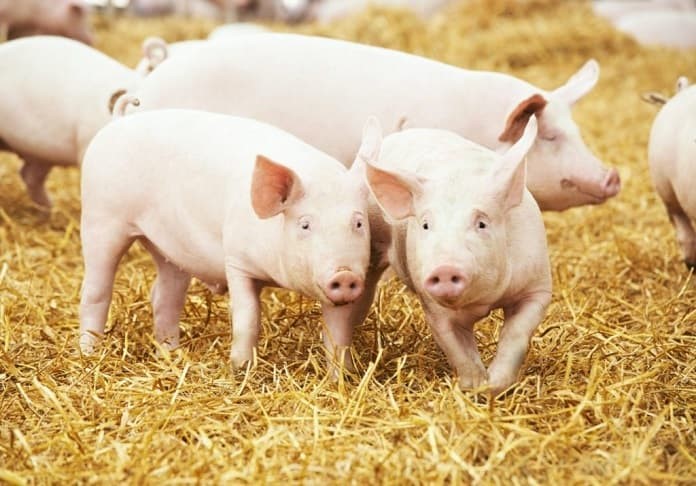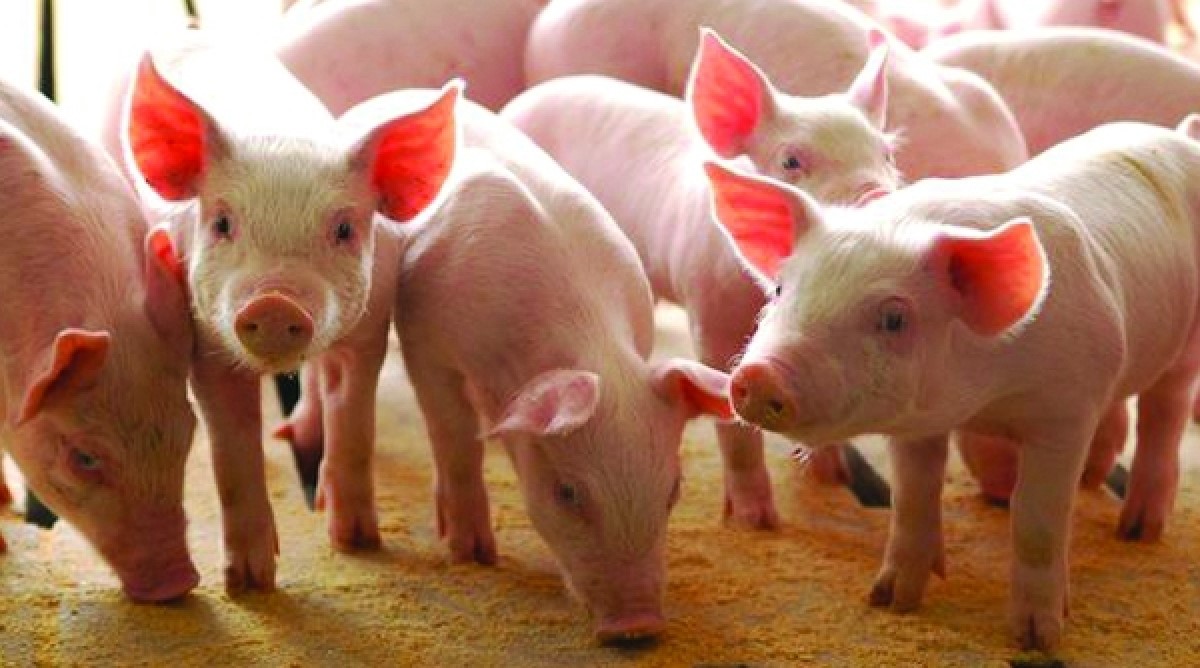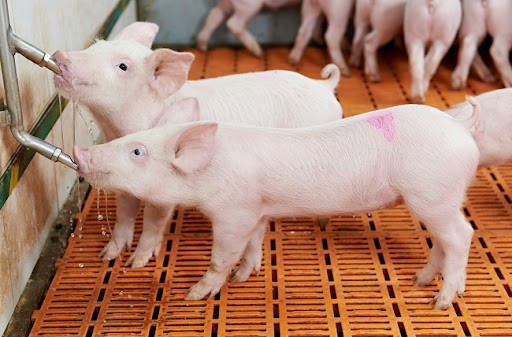Glasser’s disease in piglets is a disease that is present all over the world and has caused significant damage to the livestock industry, especially since the outbreak of PRRS.
Glasser’s disease, also known as pansinusitis, is an infectious disease in piglets, mainly in weaned piglets from 4 – 8 weeks old, caused by the bacteria Haemophilus parasuis (parasuis hemophilus). The disease is persistent, causing major consequences for farmers. To help farmers have a more general view of the disease, you need to know more about the necessary information about Glasser’s disease – pansinusitis in pigs.
1. CAUSES OF DISEASE
Haemophilus parasuis is a gram-negative cocci commonly known as porcine parasuis, which is commonly found in the upper respiratory tract and can be isolated from the tonsils, nasal cavity and trachea of pigs. Within a few days after birth, Haemophilus parasuis can enter piglets and cause disease through the respiratory tract (nose) by contact.
The disease can spread rapidly through direct contact with infected pigs or pigs raised together in a confined space. In addition, the disease can be transmitted indirectly through people working on the farm.

In particular, bacteria can easily attack healthy pigs and penetrate the respiratory system of healthy pigs in changing weather conditions or factors that cause stress. Factors that cause stress in pigs that make the disease develop faster include:
– Sudden weather changes, high humidity
– Poorly ventilated cages
– Move cage
– Sudden change in food
– Weaning
2. TYPICAL SYMPTOMS
– Sudden death of pig
– Due to cerebral congestion, the eyes are bloodshot, with neurological symptoms such as: lying on one side, stiff body, convulsions, and loud crying.
– Cyanosis (blue or pink discoloration of the skin, especially the ears)
– Difficulty breathing, tongue sticking out to breathe, runny nose
– Anorexia, sickness, exhaustion
– Arthritis, swollen joints, difficulty walking
– Fever 40 – 41°C
Acute cases:
Pigs get sick very quickly, with a fever of 40-41°C, loss of appetite, difficulty breathing and rapid breathing. A typical symptom is a short cough of 2-3 times. Some pigs die suddenly and have neurological symptoms due to encephalitis. Other symptoms depend on the target organ that the bacteria attack.
Chronic cases:
Pigs with chronic glasser’s disease are often pale and grow slowly. The infection rate is about 5-15%. When pericarditis persists, it can cause death. When detected, early culling is needed to reduce the source of the disease.
Pigs with swollen joints have difficulty walking, Pigs with eye congestion

3. PATHOGENESIS OF THE DISEASE
Gross lesions :
Mainly serous inflammation with fibrin fibers in the pleura, pericardium, joints, peritoneum, meninges. These lesions can occur simultaneously or sporadically.
Microscopic lesions:
Microscopic examination of the lesions showed purulent fibrinous inflammation with infiltration of many neutrophils and polymorphonuclear leukocytes.
4. GLASSER’S DISEASE TREATMENT
– When pigs are sick, localize treatment to prevent the disease from spreading.
– The disease requires early treatment, high-dose antibiotics injected so that the medicine can penetrate the meninges and tissue fluid.
– Antibiotics for treating sinusitis
Refer to some antibiotic products for treatment: Biocillin 150 LA, Biogenta, Penstrep 400 LA, etc. inject once a day, 5 consecutive days
– Use anti-inflammatory, pain relievers, and fever reducers to treat symptoms.
Refer to some anti-inflammatory, pain-relieving, fever-reducing products: Ketosol 100, Keprofen, etc. inject once a day, 3 consecutive days

– In addition, farmers also need to supplement nutrition, vitamins, and resistance for the herd to increase the ability to fight disease.
Refer to some nutritional supplements and vitamins:
Inject once a day, 5 consecutive days: Butasal 100, Butavit 100, Introvit, etc.
Give or mix feed for 10 consecutive days with digestive enzymes and nutritional vitamins.
– Clean and disinfect the barn with disinfectant solution.
Treatment is difficult due to the reduced resistance of piglets, so disease prevention is a prerequisite for effective farming. Farmers can prevent diseases for piglets as follows:
– Actively vaccinate the herd to limit damage caused by disease.
– When buying pigs, farmers need to choose pigs with reputable, clear origins, and quarantine. Quarantine and vaccinate fully before entering the herd. Piglets can be vaccinated from 5 weeks of age onwards, 2 injections 2 weeks apart.
– Vaccinate sows (4 and 2 weeks before farrowing). Passive immunization against early infection for piglets (< 3 weeks)
– Biosecurity measures, control well the sources of entry and exit from the farm, and implement the “all in – all out” measure.
– Regularly check and take samples for disease testing. Increase the flock’s resistance with vitamins and supplements, and prevent disease with antibiotics mixed in feed.
– Limit stress that affects the resistance of pigs such as transportation, temperature changes, feed, weaning or grafting.
Through the useful information above, farmers can clearly understand the symptoms, prevention and effective treatment of Glasser’s disease in piglets.
